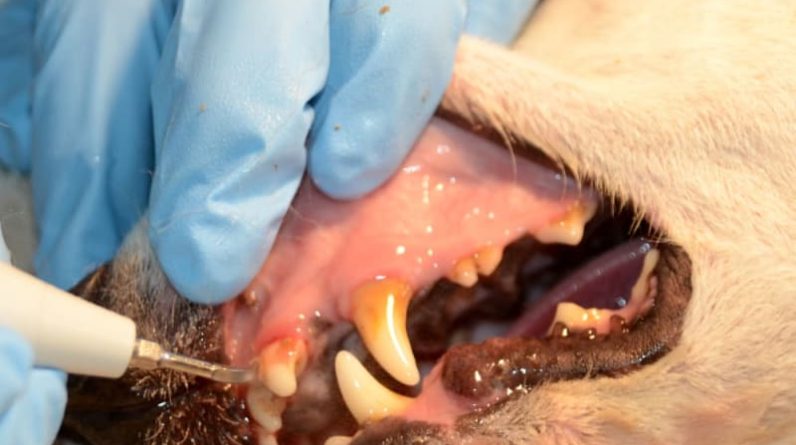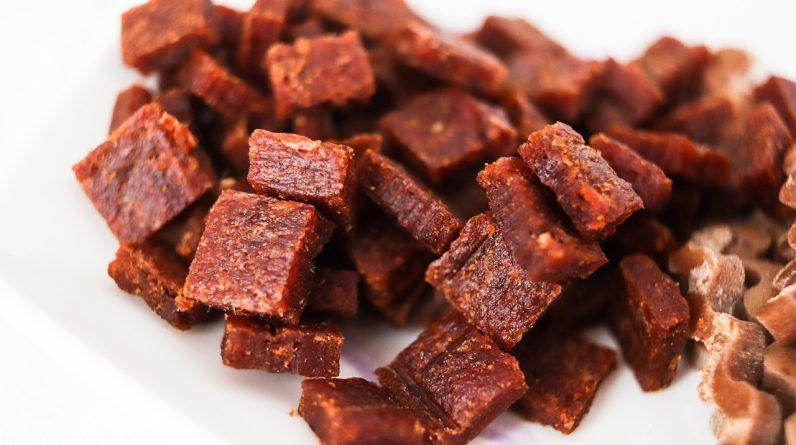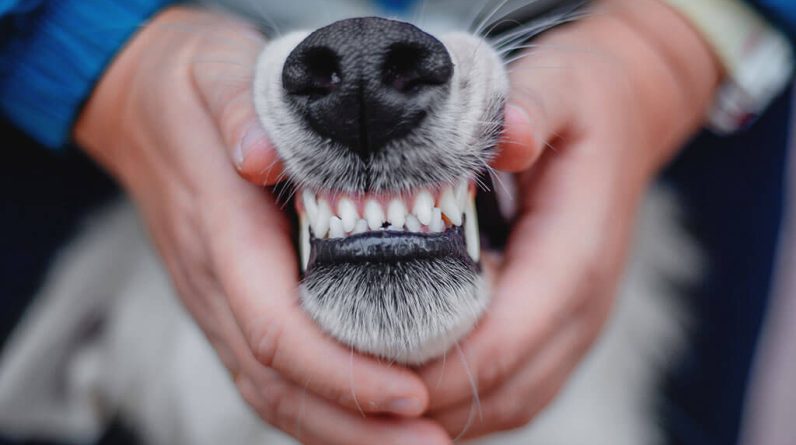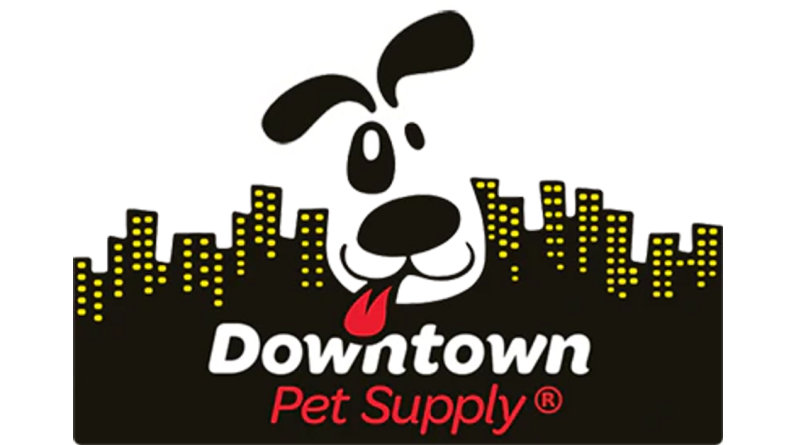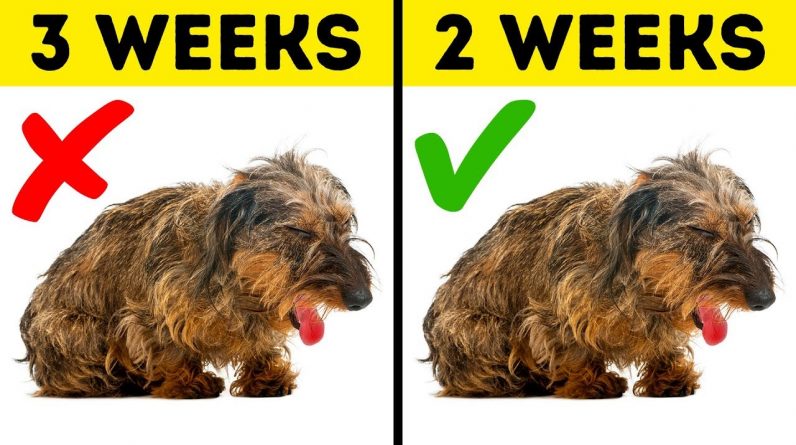
Keeping your pet healthy consists of looking after their oral health. Taking care of your canine’s teeth and giving them a healthy diet plan can decrease their risk of oral illness in the future. Without treatment dental disease can trigger tooth loss and other agonizing infections in your pet dog’s body.
1. The Breath Test
Bad breath can be a common indication of oral illness in your pet dog. It’s natural for your canine’s breath not to smell great. But if your canine’s breath is frustrating, it might be brought on by periodontal illness or rotting teeth.
2. Lip Service
Checking in on your pet’s gums and teeth every couple of weeks will help you understand what’s going on in their mouth. Their gums must be pink. If they are white, red, or inflamed, you may wish to arrange a see to the veterinarian. Their teeth ought to be clean without brown tartar buildup.
3. Signs of Oral Illness
Dental disease can trigger a lot of discomfort in your pet. After years of tartar, plaque, and bacteria build up, your dog might have an infection, inflammation, or decaying tooth. Pet dogs frequently do not show pain, so it may go unnoticed. If your animal is significantly irritable and lethargic and doesn’t want to consume, it might be an indication that they have oral disease.
4. The Lowdown on Dental Caries
Dental caries can happen with time. It starts with plaque building up and solidifying into tartar. Untreated tartar and plaque buildup listed below the gumline can be hard to eliminate and harms the tooth.
Without treatment tooth decay and infection can cause gum illness. This can be life threatening to your canine. Brushing regularly and managing your pet dog’s oral health can avoid dental caries.
5. Canine Tooth-Brushing
Brushing your pet dog’s teeth may not be something you know you require to do. However it can be a fantastic method to prevent plaque buildup. Unlike humans, you do not need to brush their teeth daily. Your pet dog may not like having their teeth brushed at first, however making a regular out of it and getting them thrilled can assist.
You’ll require to utilize a pet dog toothbrush or a fingertip toothbrush for the brushing. You’ll likewise need dog-specific toothpaste. Do not use human toothpaste, due to the chemical’s toxicity to dogs. Your veterinarian can recommend you on the right tools for brushing.
6. Lightening Up the Pearly Whites
The most important part of brushing your pet’s teeth is removing plaque from their gum line. The following suggestions will assist you have the very best brushing experience with your pet:
- Develop a calm atmosphere before brushing.Make sure your canine is comfy. Touch your pet dog’s teeth and gums
- without the brush first. Touch the toothbrush to
- their teeth. Introduce the tooth paste
- to your pet by letting them lick it from your fingers.
- Add tooth paste to the tooth brush and begin brushing.Take it slow and
- move from the front to the back and the top to the bottom.
- Reward and applaud along the method.
7. Brushing Frequency
Teeth brushing is the structure of excellent oral health. After your pet has discovered to tolerate brushing, attempting to do it once a day will be most reliable. Brushing when a day can decrease future oral cleansings from the vet later on.
8. Know Your Mouth Disorders
Dental disease starts early. By the adult years, lots of pet dogs have some degree of oral concerns. Early signs of dental illness consist of halitosis, yellow or brown tartar accumulation on teeth, and red and swollen gums. Observing early can help alleviate your canine’s discomfort rapidly. Oral disease can trigger chronic discomfort in your pet dog that might go undetected.
Comparable oral problems that take place in individuals can happen in pets. Common issues include broken teeth and roots, gum disease, infected or abscessed teeth, growths in the mouth, and teeth misalignment.
9. Chew on This
Chew toys are fantastic ways for your pet to alleviate monotony and please their natural impulse to chew. Gnawing on chew toys is a natural way for pets to clean their teeth. The continuous chewing scrapes plaque from their teeth. Make certain to rotate and keep an eye on safe chew toys. Likewise, take care that chew toys will not break teeth – particular types of bones can fracture your canine’s teeth.
10. Diet for Healthy Teeth
There’s not one best diet for every single pet dog. Your vet can assist you determine the right diet plan for your canine. Keeping your dog healthy is more important than selecting wet food or dry food. If your dog has continued problem with plaque buildup, there are unique formula dry pet dog foods that control plaque and tartar.
Learn dental care suggestions that vets advise for assisting to ensure dental health in pet dogs.


